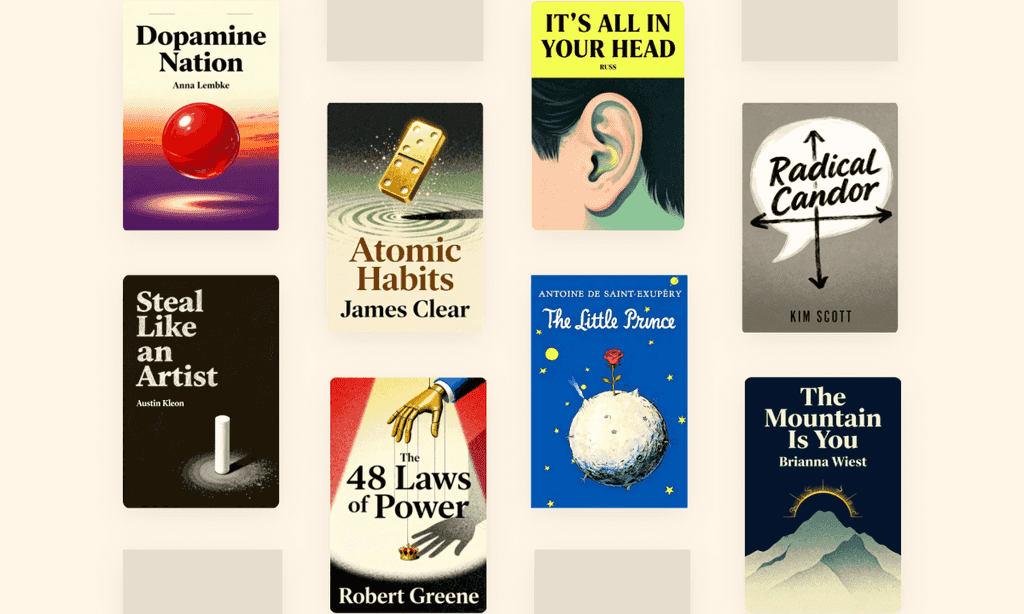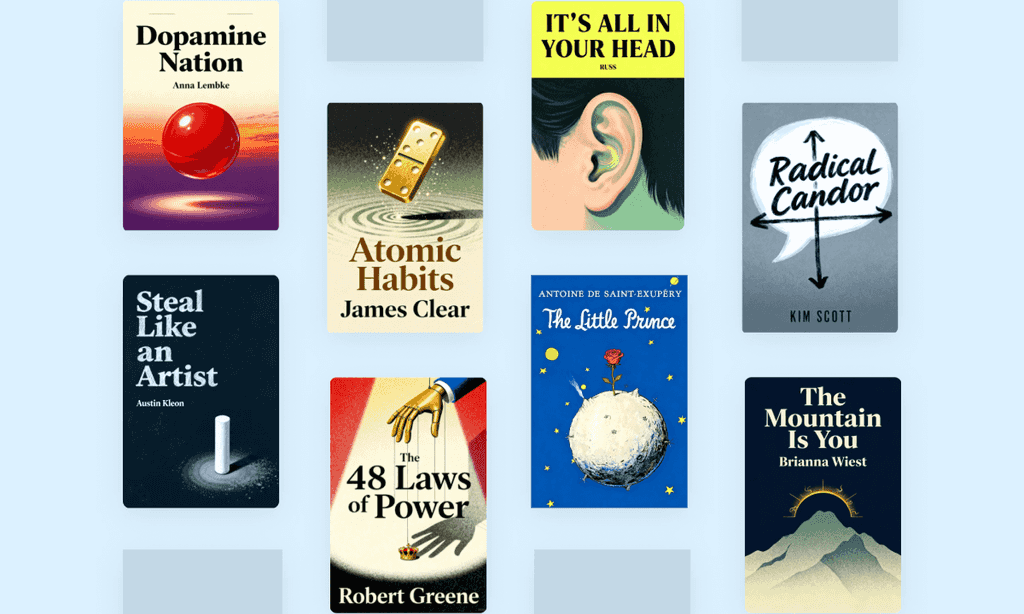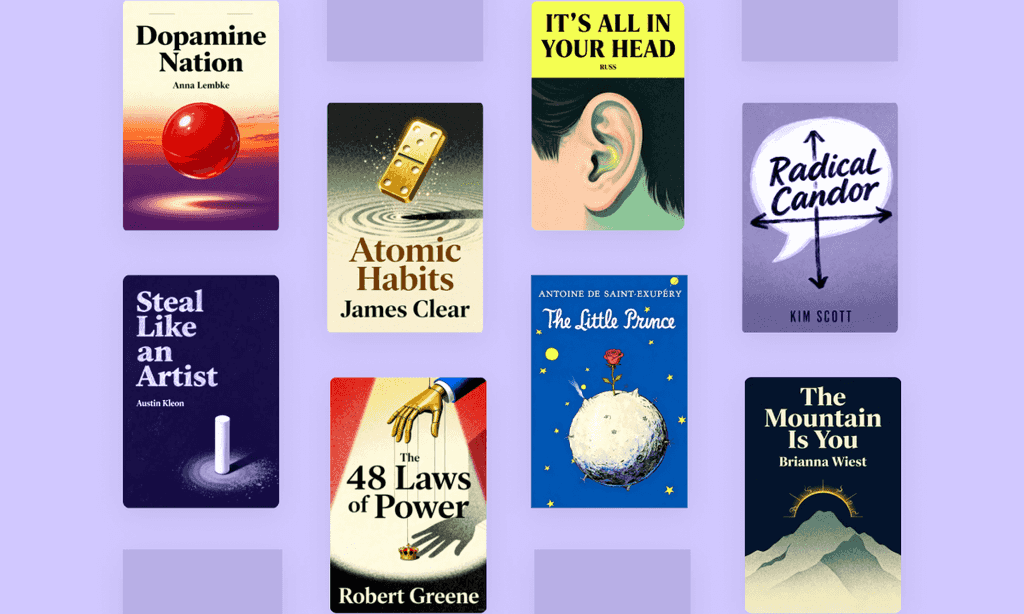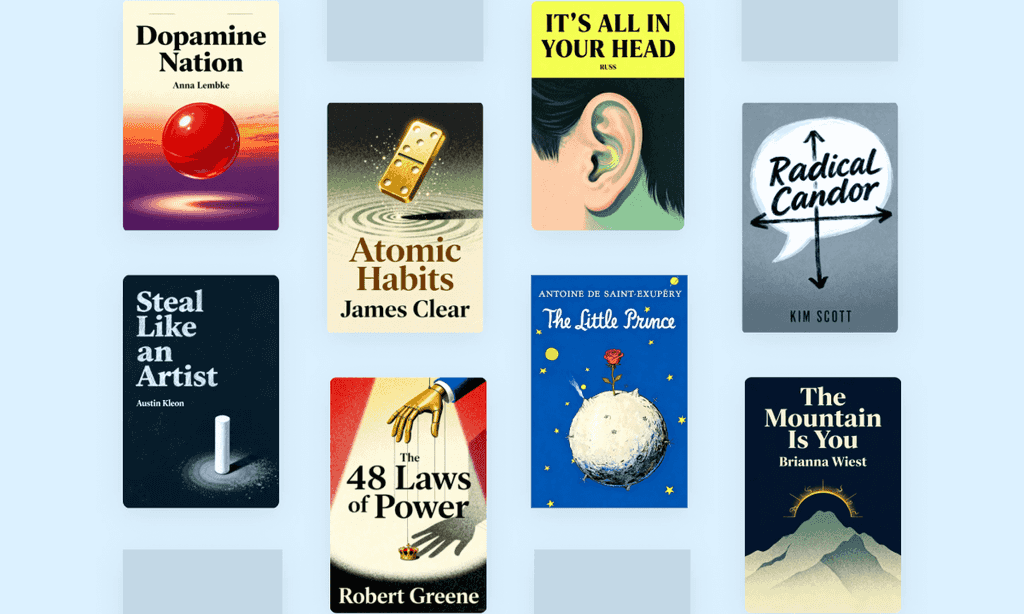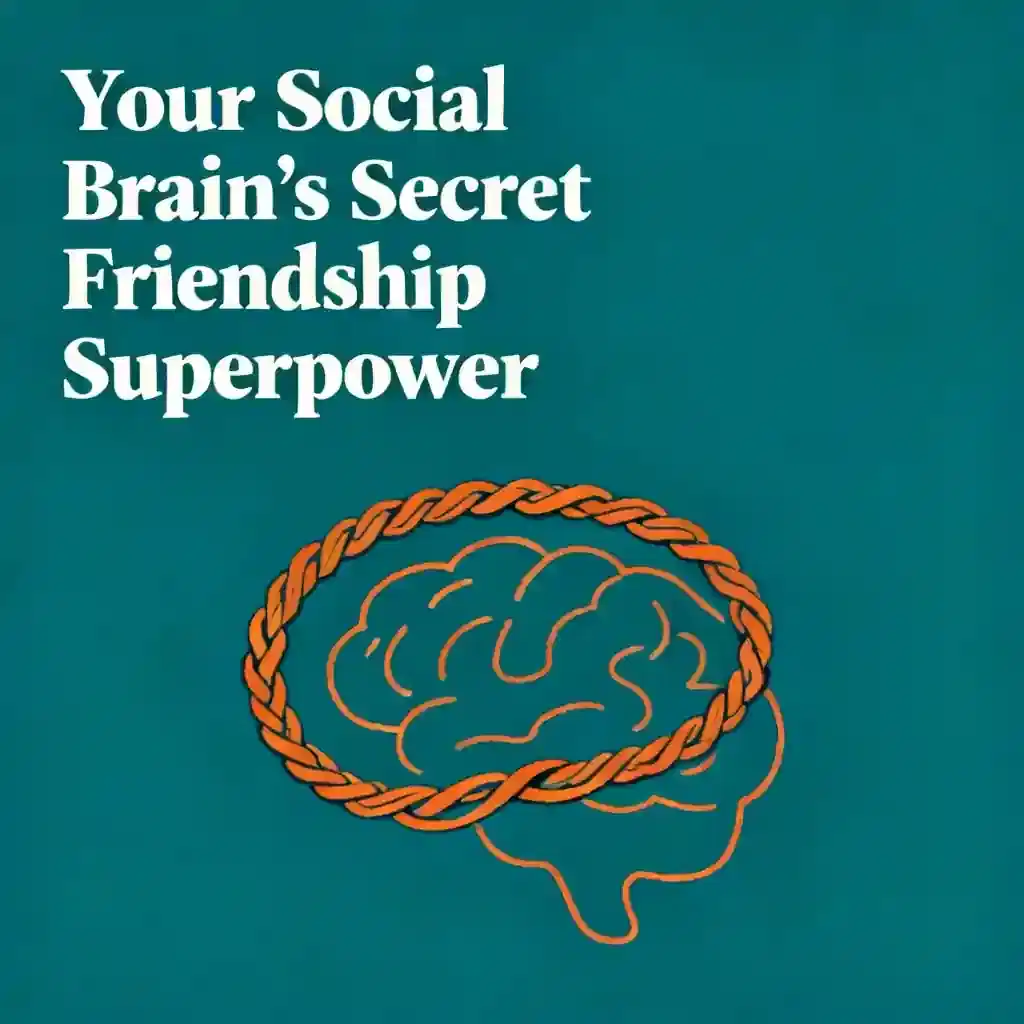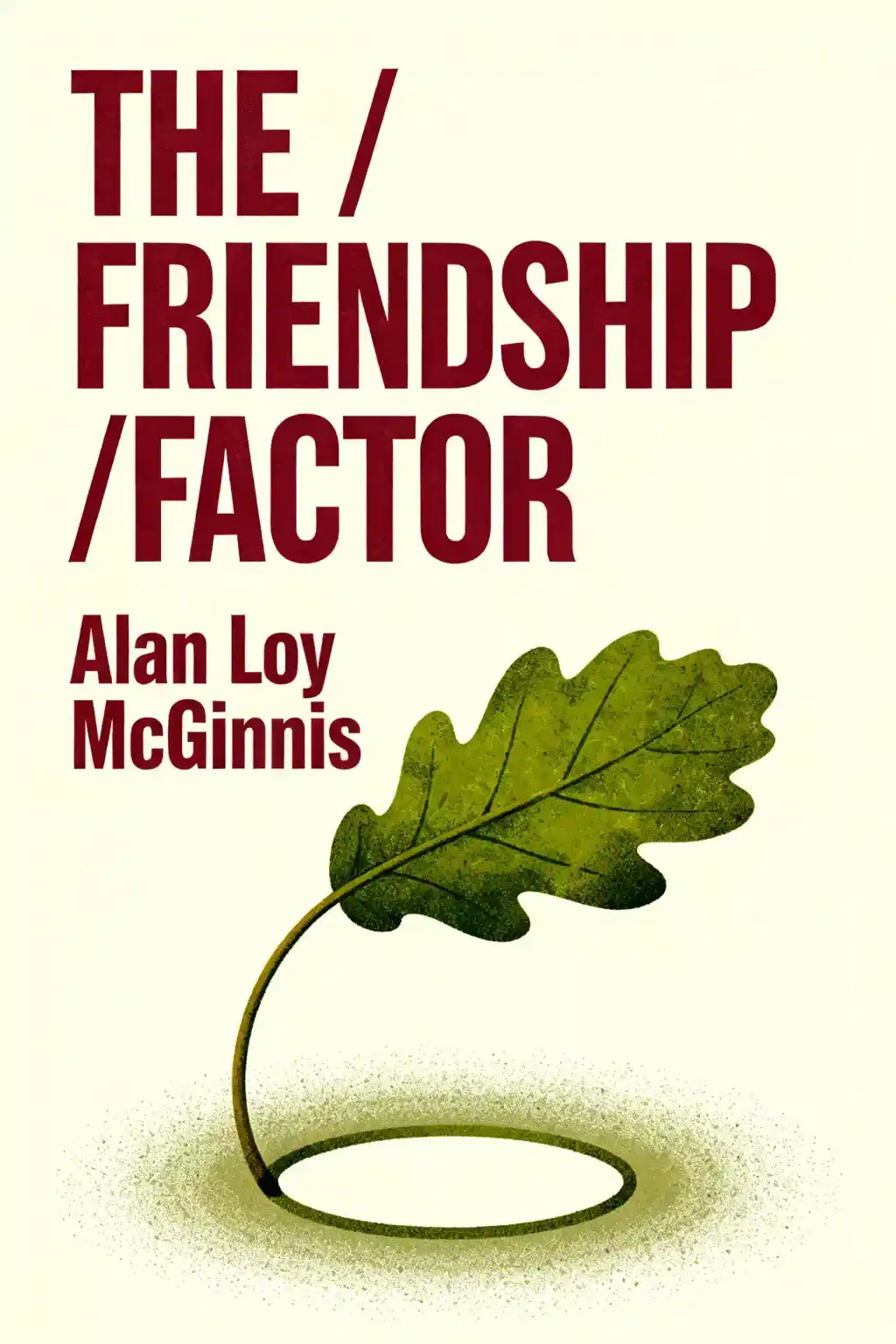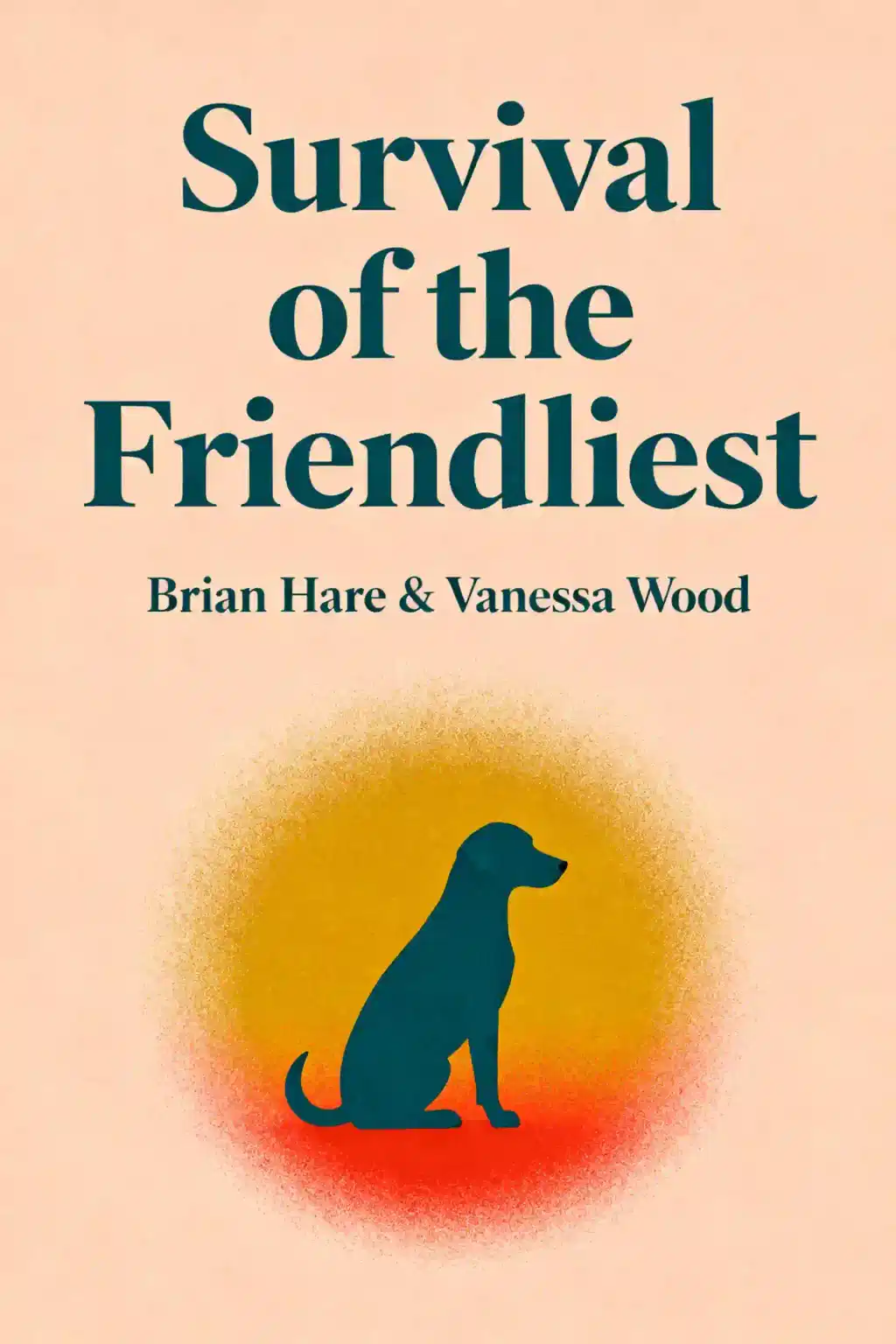
Survival of the Friendliest by Brian Hare & Vanessa Wood Summary
Forget "survival of the fittest" - Brian Hare reveals how cooperation, not competition, drove human evolution. Challenging traditional views, his self-domestication theory shows how our friendliness enabled complex societies while paradoxically fueling tribal aggression. What if kindness, not dominance, is our evolutionary superpower?
Key takeaways
What If Our Greatest Strength Is Also Our Darkest Flaw?
Here's a puzzle that haunts evolutionary biology: How did the weakest ape-slower than cheetahs, smaller than bears, lacking fangs or claws-come to dominate Earth? The answer isn't what you'd expect. We didn't conquer through superior strength or cunning brutality. We won because we became the friendliest species on the planet. This isn't feel-good speculation-it's a revolutionary understanding of human evolution backed by decades of research across primates, domesticated animals, and ancient human fossils. Yet this same capacity for cooperation harbors a terrifying shadow: the ability to dehumanize those outside our circle. Understanding this paradox isn't just academic-it's essential for navigating our fractured modern world.
The Cooperation Revolution That Changed Everything
What Dogs Taught Us About Ourselves
The Bonobo Blueprint for Peace
The Human Self-Domestication Story
When Friendliness Becomes Cruelty
Designing Spaces Where Humanity Thrives
About the author
Brian Hare and Vanessa Woods, authors of Survival of the Friendliest: Understanding Our Origins Through the Power of Friendship, are renowned evolutionary anthropologists and science communicators specializing in human and animal cognition. Hare, a Duke University professor of evolutionary anthropology, psychology, and neuroscience, co-founded the Duke Puppy Kindergarten, where Woods serves as director. Their work blends rigorous research with accessible storytelling, exploring themes of cooperation, social bonding, and evolutionary psychology.
The couple previously co-authored The Genius of Dogs: How Dogs Are Smarter Than You Think, a New York Times bestseller that revolutionized understanding of canine intelligence. Woods, an award-winning science journalist, has written for Scientific American and authored children’s books like It’s True! Space Turns You Into Spaghetti, recognized by the UK Royal Society. Hare’s groundbreaking research on domestication syndromes has been featured in NPR and TEDx talks.
Their collaborative works bridge academic insights with public engagement, emphasizing humanity’s evolutionary advantage through prosocial behaviors. Survival of the Friendliest expands on their prior research, offering a counterpoint to traditional “survival of the fittest” narratives. The book’s thesis gained widespread attention through a 2020 Scientific American cover feature, solidifying their reputation as leading voices in evolutionary psychology.
Discover more
FAQs About This Book
Survival of the Friendliest by Brian Hare and Vanessa Woods argues that human evolutionary success stems from cooperation and friendliness, not aggression. It explores "self-domestication," where traits like empathy and sociability allowed early humans to thrive over stronger hominids like Neanderthals. The book uses examples from bonobos, domesticated foxes, and dogs to show how friendliness drives survival, while also warning of its dark side: tribalistic aggression toward outsiders.
This book is ideal for readers interested in evolutionary biology, anthropology, or psychology. Educators, policymakers, and anyone curious about human behavior’s roots in cooperation will find its insights actionable. Fans of authors like Yuval Noah Harari or Richard Wrangham will appreciate its interdisciplinary approach to explaining human dominance through social bonding.
Yes, for its fresh perspective on human evolution. Hare and Woods combine rigorous science (e.g., fox domestication experiments) with accessible storytelling to challenge the "survival of the fittest" myth. Critics praise its balance of hope and caution, though some note gaps in addressing modern polarization.
Self-domestication theory posits that humans, like bonobos and dogs, evolved friendlier traits through natural selection. Reduced aggression and increased cooperation allowed early humans to form complex societies. Dmitry Belyaev’s fox experiment—where selecting for tameness led to physical and behavioral changes—mirrors this process in humans.
Bonobos, unlike aggressive chimpanzees, resolve conflicts through empathy and cooperation. Female-led bonobo societies prioritize social harmony, demonstrating how friendliness fosters survival. The authors argue humans similarly evolved through selective pressure for tolerance, which enabled large-scale collaboration and innovation.
While friendliness unites groups, it also fuels hostility toward outsiders. The book compares humans to mother bears: fiercely protective of their own but vicious toward perceived threats. This tribalistic instinct, combined with modern weaponry, explains humanity’s capacity for both kindness and cruelty.
Neanderthals, though physically stronger, lacked humans’ cooperative communication skills. Hare and Woods argue that Homo sapiens’ ability to build trust across groups via shared rituals and language gave them a survival edge, enabling resource-sharing and innovation that isolated Neanderthal groups couldn’t match.
The authors advocate designing inclusive societal structures to reduce fear of outsiders. Examples include fostering casual cross-group interactions (e.g., integrated workplaces) and emphasizing shared identities over divisions. They cite Elliot Aronson’s “jigsaw” classroom method as proof collaboration overcomes prejudice.
Dogs, like humans, underwent self-domestication. By evolving to read human social cues, they secured survival through mutualistic relationships. Hare’s research shows dogs excel at cooperative tasks—miroring humans’ unique ability to work together for shared goals.
Some reviewers note the book underplays ecological factors in human evolution, like climate shifts. Others argue it oversimplifies Neanderthal capabilities or fails to address how modern institutions can mitigate tribalism beyond small-scale solutions.
Hare and Woods reject the idea that fitness means physical strength or aggression. Instead, they define it as the ability to build cooperative networks. Early humans’ “cognitive leap” in reading intentions and sharing knowledge—not brute force—allowed them to outcompete other hominids.
“We are at our most tolerant when the architecture of our society facilitates tolerance… [We must] design spaces… to meet each other without being afraid, disagree without being disagreeable” (p.185). This underscores the book’s call for intentional social design to harness humanity’s cooperative potential.
Quick Summary Mode - Read or listen to Survival of the Friendliest Summary in 9 Minutes
Break down key ideas from Survival of the Friendliest into bite-sized takeaways to understand how innovative teams create, collaborate, and grow.
Flash Card Mode - Top 9 Insights from Survival of the Friendliest in a Nutshell
Distill Survival of the Friendliest into rapid-fire memory cues that highlight Pixar’s principles of candor, teamwork, and creative resilience.

Fun Mode - Survival of the Friendliest Lessons Told Through 22-Min Stories
Experience Survival of the Friendliest through vivid storytelling that turns Pixar’s innovation lessons into moments you’ll remember and apply.
Personalize Mode - Read or listen to Survival of the Friendliest Summary in 0 Minutes
Ask anything, pick the voice, and co-create insights that truly resonate with you.

From Columbia University alumni built in San Francisco
See More Stories?

Get the Survival of the Friendliest summary as a free PDF or EPUB. Print it or read offline anytime.
